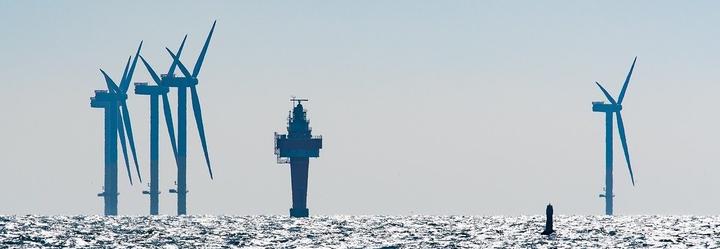 Offshore transmission accounts for 30% of electricity cost.
Offshore transmission accounts for 30% of electricity cost.Zusammenfassung
Offshore wind plays an ever-increasing role for the global transition to renewable energy. For offshore wind energy to be successful, cost-effective transport of the produced electricity to shore is necessary. The development and operation of the offshore transmission asset is costly and regulated differently across the globe. In this paper, we collect a unique data set that allows to compare cost and quality of offshore transmission assets in two countries with different regulations. With project level data we can control for geographical and technical difference to assess which regulatory design might lead to lower economic costs for the offshore transmission asset. We find that a competitive regime that promotes the integration of wind farm and transmission leads to lower transmission cost and similar transmission availability.